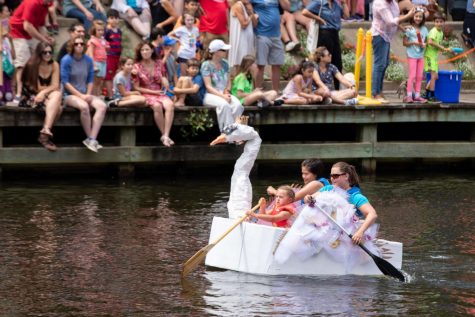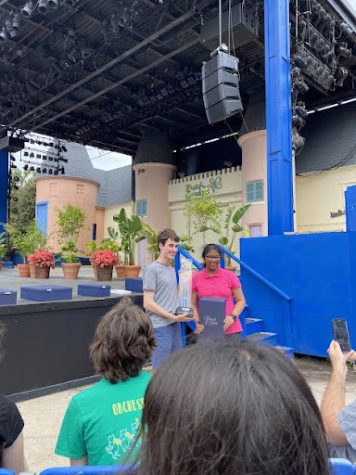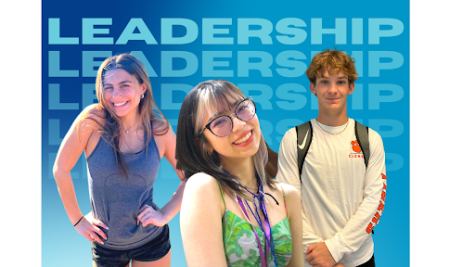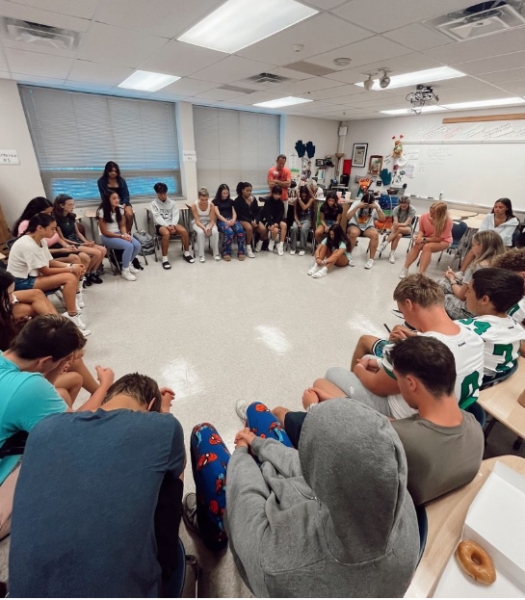Student rocketry program reaches for the stars

Image via Do, Christopher
Fairfax County is full of engaged and bright students reaching for the stars… in some cases, literally. The Washington Area Rocketry Program (WARP) is an independent student-run program that allows members to explore their interest in space. The founders and members are Ben Miller, Christopher Do, Annika Rieger, and Gabriel Mesfin-Champagne.
With each launch, their rockets fly higher and higher with the hopes of achieving their dreams. “A spaceshot rocket like our end goal has never been built and flown by a high school team, ever,” Miller said. “But just because it hasn’t been done does not mean it can’t be done. We aim to be the first [high school] team to [make it to] space, and to prove that the sky is not the limit.”
These four high school friends came together to create WARP to aspire beyond the limits of their high school rocketry programs. “We came together to build rockets that our respective rocketry clubs wouldn’t let us build,” Do said. High school rocketry programs are rather limited beyond a program called the Student Launch Initiative. It’s a competitive program where high schools are pitted against each other. None of the WARP founders were interested in competition, so they got to set their own agenda and, as a result, they have been able to “build bigger and bigger rockets that high schools typically don’t build.”
The team works diligently on each new project, effectively building and testing their rockets. “As founder and lead of WARP, my primary role is to push the team towards our goals with steady and constant progress,” Miller stated. “Everyone at WARP, regardless of their role, contributes to the design, construction and flight of each rocket. I also help organize build sessions, motor mixings, and flight dates.”
During launch days, each team member has a specific role to work efficiently. “My personal role is as the propulsion lead,” Do said. “I handle the rocket motor during launch days, and I help design and fabricate the motors.” Do loads the aluminum rocket fuel tube with propellant and to get it ready for launch. “[Miller and Mesfin-Champagne] will be assembling the [gun powder] charges that will separate pieces of the rocket so it can be recovered successfully. And another one will work on folding the parachute and making sure everything is functional.”
Once the rocket is on the launch pad, everyone’s roles shift again. “I have the role of being [the] team photographer,” Do said. “I will be taking as high detailed images of the launch as possible.”
While launch days are highly anticipated, they don’t always go according to plan. “As with any rocketry program, there are very specific conditions that allow us to launch,” Miller said. “This leads to a lot of frustration and can delay our plans. To overcome this, we’ve made our plans as flexible as possible. By overlapping the build process of one rocket with the expected flight of another, we stay productive even when launches are delayed or canceled.”
Since WARP is a completely independent program, it runs into other major setbacks a bit more mundane than tinkering with and testing rockets. “One challenge…,” Do said, “is funding. We can’t use school channels to get money. We go out and find very wealthy people or wealthy family members to fund us.”
The WARP team, despite technical and financial challenges, perseveres with its lively and engaging team coalition. “Each team member brings something unique to each problem we face,” Miller said, “and their contributions help make this program what it is.”
WARP is hard at work getting ready for their next launch. Their current project, WARP-V, has one of their already constructed rockets scheduled to launch in mid-July 2023. “It will fly to an altitude of 38,000 feet,” Do said, “which is a little over a tenth of the way to our goal.” The rocket’s goal height is a few hundred feet over the cruising altitude of commercial airplanes. As with many of their projects, they will need to use the rocket’s telemetry systems since their rockets fly so high, they can’t be seen “with the naked eye.”
WARP-V has been one of the most valuable projects yet. “That project has taught us a lot about how to build a rocket capable of going supersonic, how to test and work out the kinks of very large motors, and a whole lot of other lessons,” Do said.
The team is already hard at work on their next project which is scheduled to launch in September 2023. “Our next big rocket will be WARP-VI,” Miller said, “a two stage utilizing one of our current rockets, WARP-V, to reach 88,000 feet… These two flights will lead into our ultimate project, a rocket designed to reach 100km and become the first high-school built rocket to reach space.”
High school is a time of exploration and self discovery. These brilliant and driven four students have taken that a step further, exploring our skies and the wider universe. Ben Miller, Christopher Do, Annika Rieger, and Gabriel Mesfin-Champagne are already well equipped and well on their way to make their goals a tangible reality.
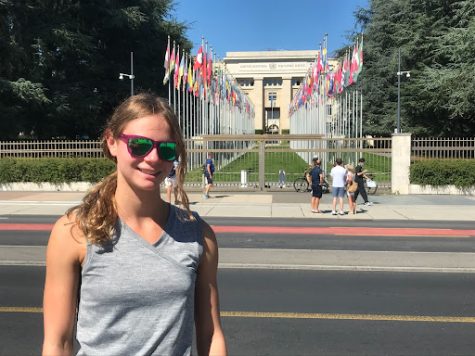
Veronika Owen is the Co-Editor in Chief for the South Lakes Sentinel. She has had a passion for writing ever since third grade. When she’s not...








